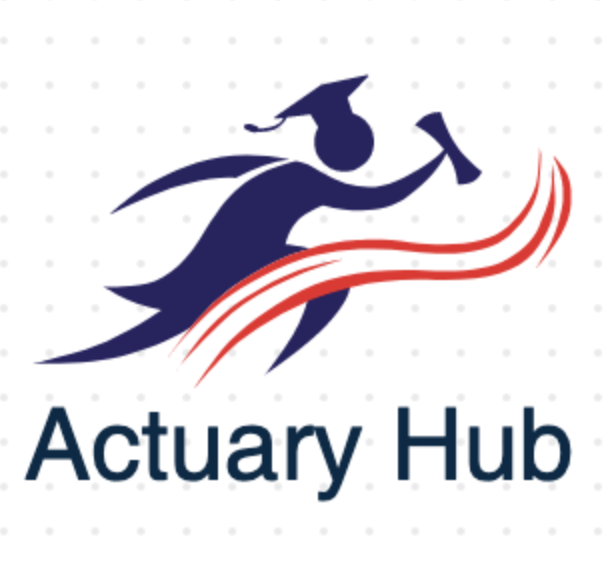CAL, CML, and SML are concepts in finance that are used to understand the relationship between risk and return. Here’s what each of these terms means and how they differ:
- Capital Allocation Line (CAL): The Capital Allocation Line is a graph that shows the possible combinations of risk and return for a portfolio that includes both a risk-free asset and a risky asset. The CAL is drawn by plotting the expected return of a portfolio against its standard deviation or volatility. The CAL is used by investors to find the optimal portfolio that maximizes return for a given level of risk.
- Capital Market Line (CML): The Capital Market Line is similar to the CAL, but it only includes risky assets and no risk-free asset. The CML is a graph that shows the relationship between the expected return of a portfolio and its beta or systematic risk. The CML is used by investors to find the optimal portfolio that maximizes return for a given level of systematic risk.
- Security Market Line (SML): The Security Market Line is a graph that shows the relationship between the expected return of a security and its beta or systematic risk. The SML is used to determine whether a security is overvalued or undervalued relative to its risk. The SML is also used to calculate the cost of equity capital for a company, which is an important input in determining the firm’s value.
The CAL is typically used when constructing a portfolio that includes both a risk-free asset and a risky asset. The CML is used when constructing a portfolio that only includes risky assets. The SML is used to evaluate individual securities and to calculate the cost of equity capital for a company. In general, the SML is most commonly used in the finance industry to analyse stocks, while the CAL and CML are used more broadly in portfolio management and asset allocation.

Comments are closed